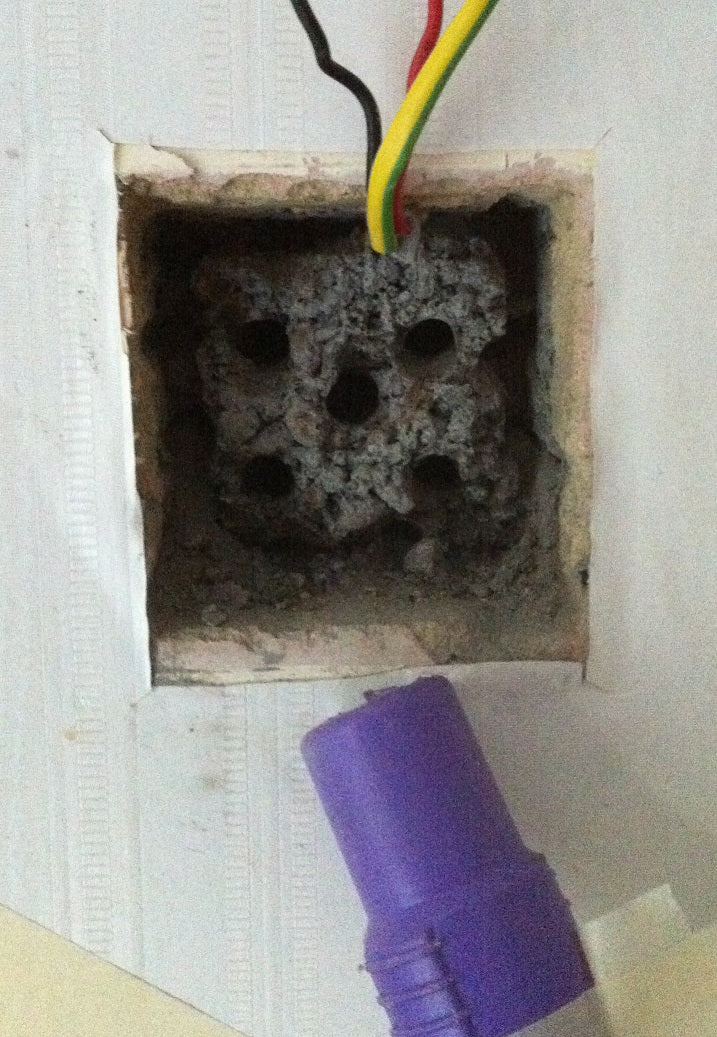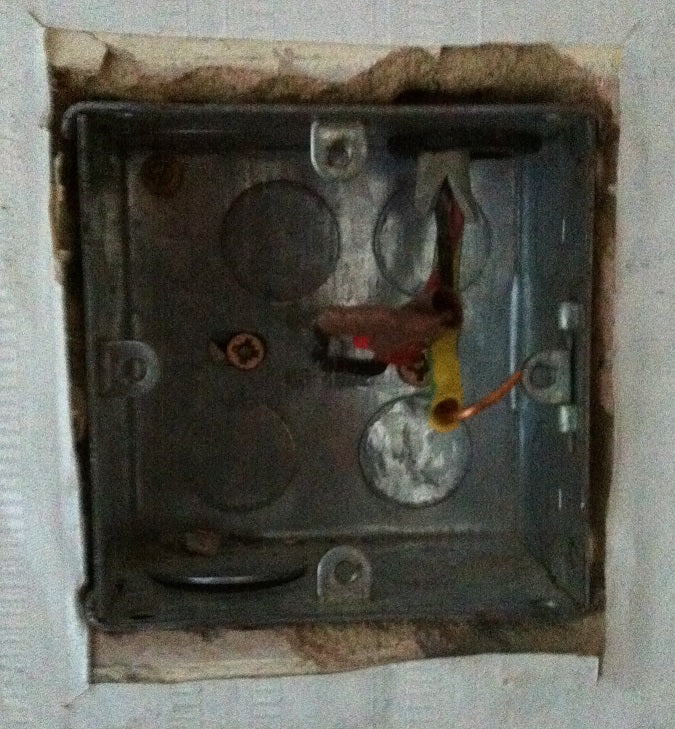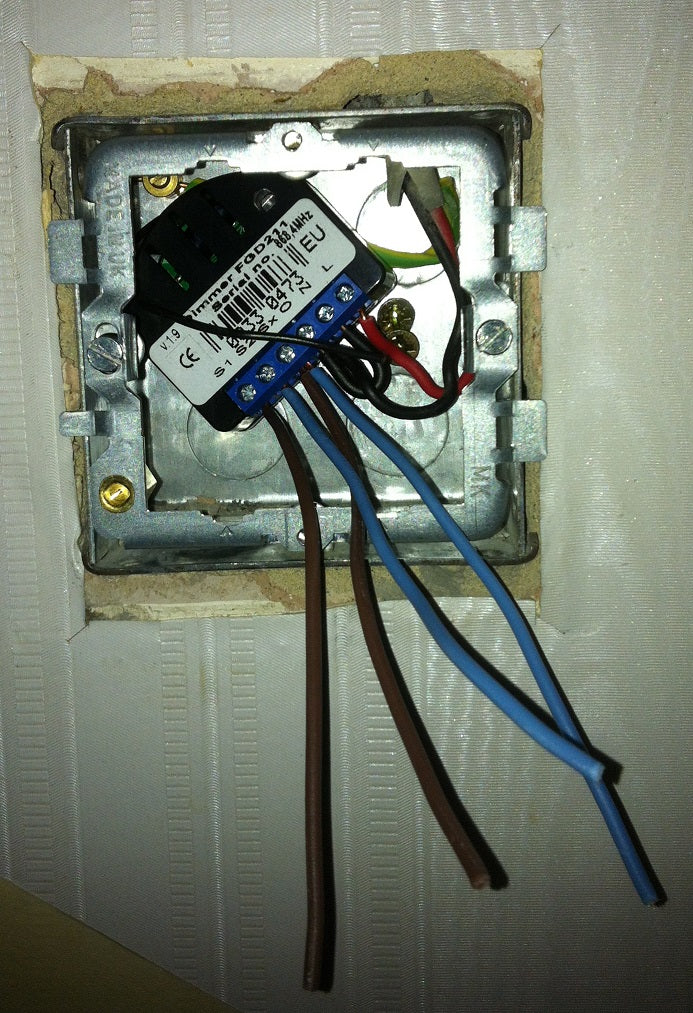Instead of focusing on the more technical aspects of connecting and configuring a module, this guide shows you the basic steps required to physically install a Z-Wave module into a 2-Wire lighting circuit at the light switch position.
One of the most common reason's that we see for Z-Wave module failure is poor installation - crushed wiring, incorrect depth of wall box (pattress), strained wiring and even in some extreme cases switch faceplate screws piercing the module!
For further advice on "best practices" when installing Z-Wave modules, take a look at this guide.
The suggested steps below are based on a Fibaro Dimmer module, but the principles are the same for any other module make and can even be applied to Z-Wave or LightwaveRF wall switches / dimmers.
We always recommend using a deep 45mm pattress to allow plenty of room for the module and wiring and for this install we used MK Grid Plus momentary switches, grids and faceplates.
Disclaimer:
Installing the Fibaro Dimmer modules involve working with 240V mains wiring. If you are not comfortable doing this you should consult a qualified electrician. This application note is provided as a guide, all work is are carried out at your own risk. Vesternet do not accept any responsibility or liability.
Get dirty
- Turn off the electricity supply for the circuit that you will be working on.
- Remove the existing standard switch faceplate.

- Identify the Live and Switched Live wires. We always tape up the wires as an added safety measure.
- Use a screwdriver to gently release the old pattress from the plaster, take your time here as it will minimise the amoung of "making good" that you have to do later!

- Unscrew any retaining screws and then remove the pattress from the wall, taking care not to pinch any of the wiring.

- After ensuring that there aren't any cables or pipework buried in the wall, use a battery hammer drill in a controlled manner to drill away blockwork to a depth to suit the new pattress.

- Use a hammer and small cold chisel to chip away any remaining blockwork until the surface is level.
Note: Use a vacuum cleaner taped into position to catch the majority of the debris, you'll have less to clean up later!

- Clean up the hole using the hammer and chisel to remove any high spots.

- Install the new pattress with appropriate fixings, taking care not to pinch any wiring - don't forget to install a new rubber grommet around the cable entry point!

Electrical Connections
- Connect the wiring to the module - in this example we're using one of the original Fibaro Dimmers.
- Reinstate the Earth wire.
- Live to L.
- Switched Live to O with loop between O and N.

- Attach the switch tail wires using appropriately rated cable - since the switch wires are carrying mains AC we suggest using the same specification wiring that the lighting circuit itself is using.
Note: We always use different colours for S1 & S2 pairs for easier identification.

- Fit the module into the pattress, taking care to position it correctly with good air flow to the front of the device where any air vents in the module may be.
Note: Make sure that none of the wires are pinched or trapped and that the antenna is floating towards the front of the pattress as this will help with RF signal strength.

- Attach the switch frame - move the module / wiring as needed to ensure it's clear of obstructions.

- Trim the switch tail wires connected to S1 to suit and attach the first switch.

- Trim the other pair of switch tail wires connected to S2 to suit and attach the second switch.

Finishing Up
- Clip the switches into the switch plate - this is one of the reasons that we really like the MK Grid Plus stuff as it makes the install really simple.

- Screw on the switch face plate.
Note: Here we can see that the original switch faceplate was bigger and covered up the badly trimmed wallpaper.

- Make good the wallpaper around the new switch, or cheat and use a finger guard!

We hope you found this article useful!
Related Information
- KB-95: My dimmer / relay melted - what's going on?
- APNT-1: Installing a Fibaro Dimmer Module into a Wall Light Switch
- General Help Guides, Tutorials and Tips & Tricks









